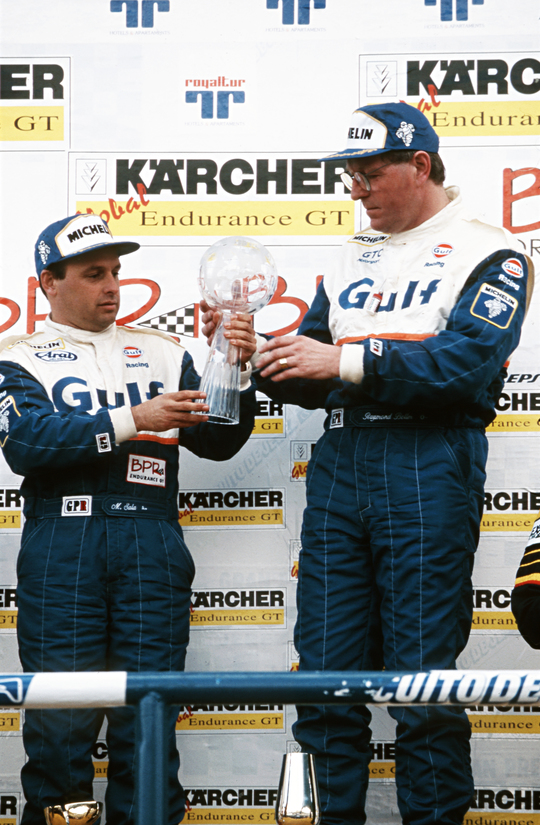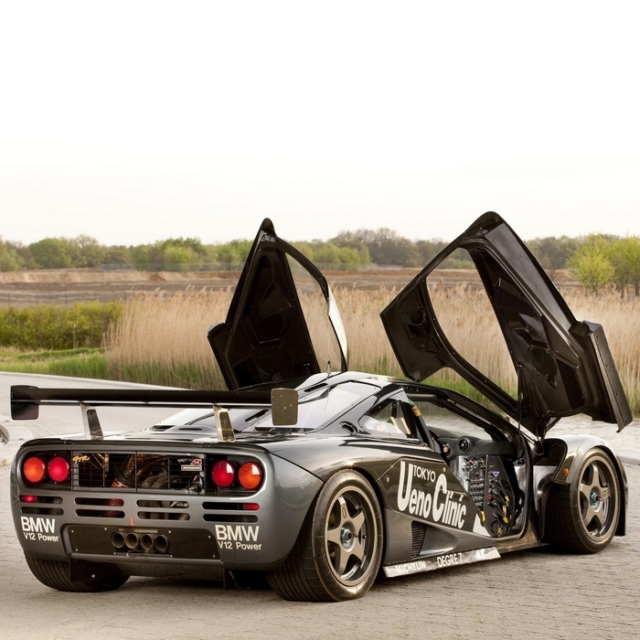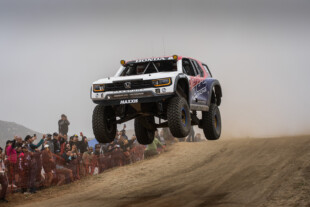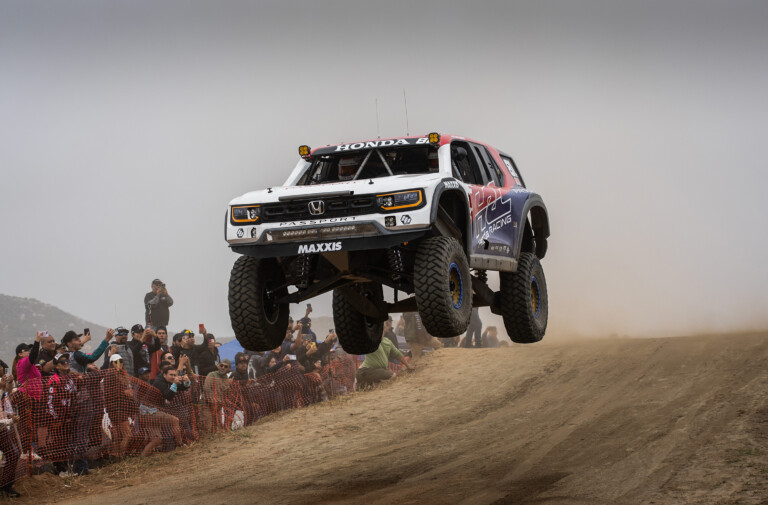As the racing world was considerably smaller at the turn of the 1990s, one connection, a few wealthy investors, and a series to support said investment seemed enough to start developing an amazing racing car. Ray Bellm, former pharmaceutical entrepreneur and motorsport aficionado found his way into negotiations rather casually with none other than Ron Dennis in the early nineties. Ultimately, the development of this iconic beast was much simpler than some might imagine.
Racing in the BPR in 1994, Bellm had been campaigning a Porsche RS and considered what the performance of his road-going McLaren F1 would manage on the racetrack, and so the discussions began. Ray Bellm, an accomplished driver and astute businessman, knew all-too-well Dennis’ aggressive negotiations, and managed to come to a reasonable conclusion: finding three well-heeled racers to fund the project.
The following year, with the checks from the three F1 owners, Bellm and company established that the car had to be progressive at the limit and accommodating, since Bellm stands 6’3″. This was a customer car, after all, and gentleman drivers have to be given a little bit of cushion. What is remarkable about the car, and it’s design, is that Gordon Murray never had any intention of racing this machine, and with a few minor modifications, they worked very well.
In fact, all the racing version of the F1 benefited from were cooling ducts, more downforce from the aero package, removal of rubber from the suspension, larger brakes and a bit of weight reduction — but not much. Despite the engine being restricted to 600 horsepower, the gearbox did require some work, especially for long circuits where that long blasts in top gear would do some serious damage. However, For something that successful, it was not any great undertaking. While Gordon Murray set out to design the optimal sports car for the road, his clever mind and attention to quality and detail allowed him to build something that, with a few hours in the gym, managed to show some pretty serious competitors its exhaust pipes on a regular basis.

Almost prohibitively tall for a racing driver, Bellm (right) managed to snag the BPR championship in ’96 with this spacious sports car.
Getting a car to run well for four-hour races, which it was all it had been doing up until its entry into Le Mans, puts wildly different strains on the machinery than a 24-hour race. However, the demand was sufficient enough to start producing a kit for these cars to give them the durability to last the distance. Much to the surprise of all interested, the test mules, put through their paces at Magny-Cours, performed flawlessly.
Making a car, even a road car designed for longevity, withstand the abuse of long hauls like these is no small task, and it’s capability from the start spoke to the build quality of the standard F1. The McLaren F1 was a money-no-object project, yes, but winning on its debut at Le Mans comes at the result of technical brilliance and a bit of luck. It was certainly well-deserved, and few cars have looked as good doing it.






















